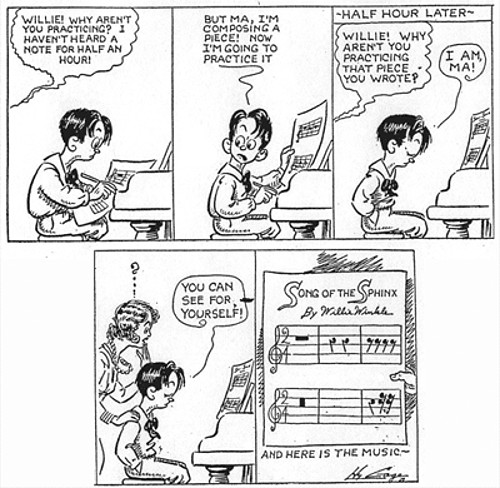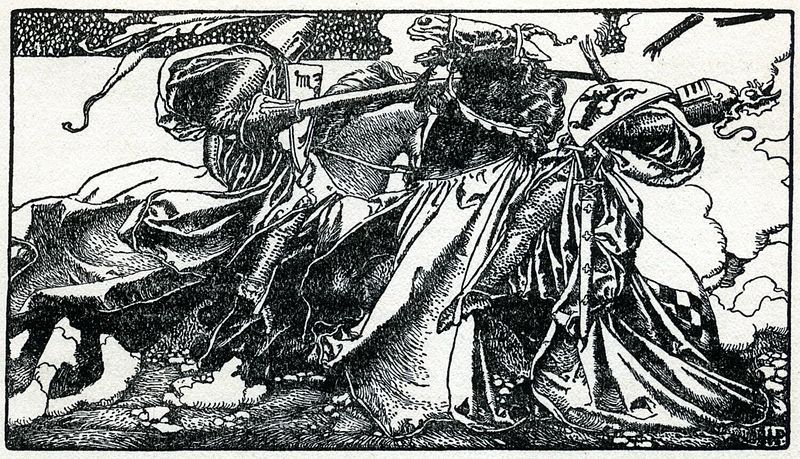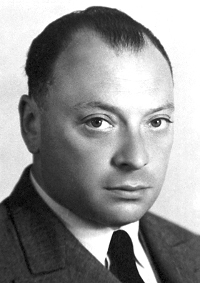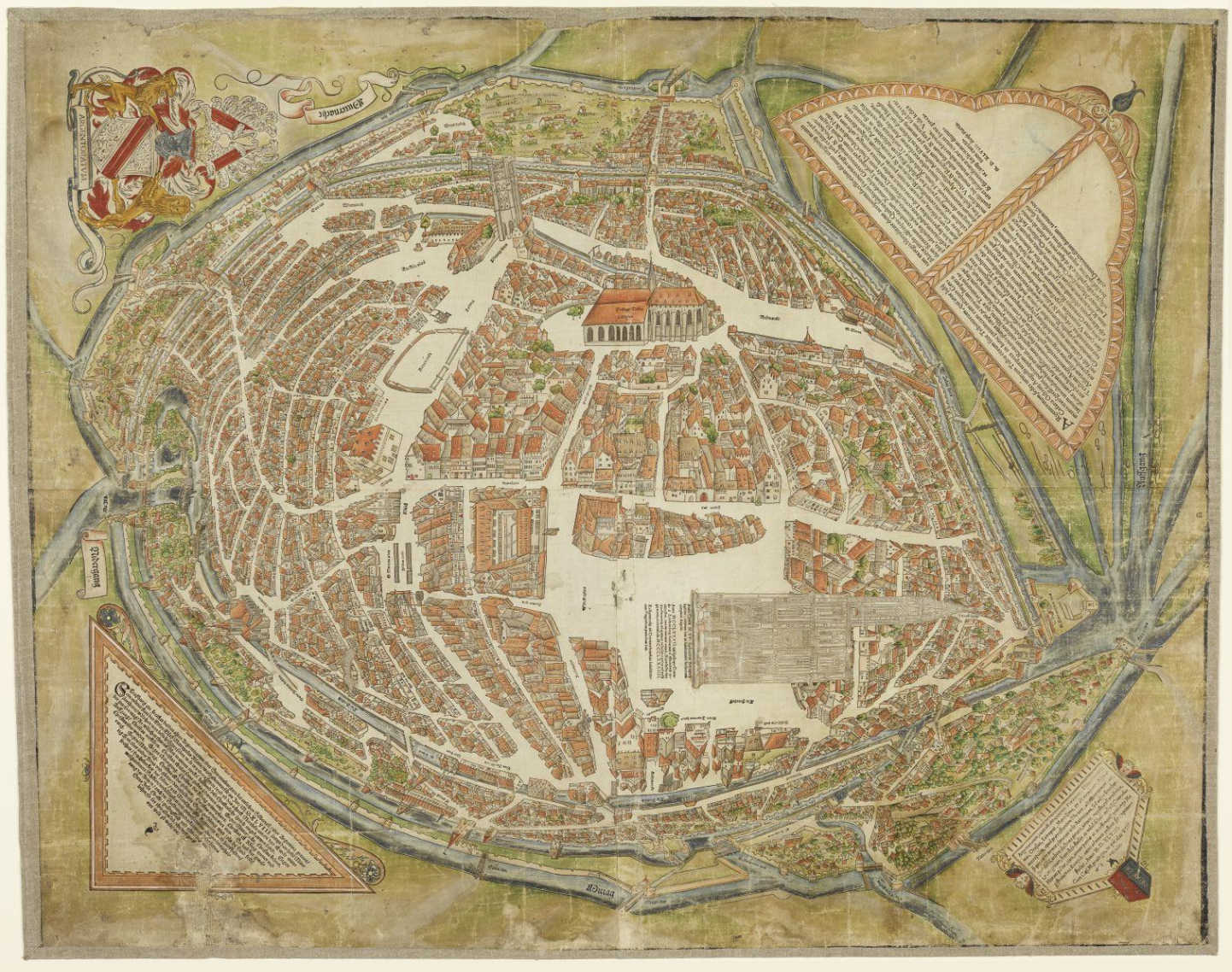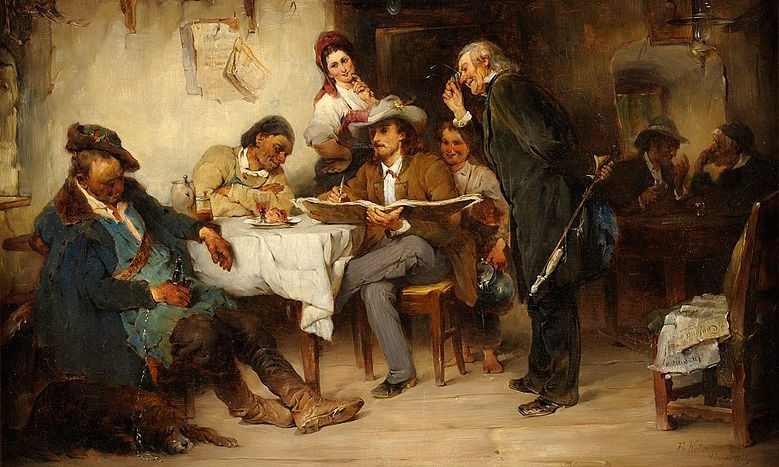Irish physician Henry Marsh addressed an odd phenomenon in 1842: patients who glow in the dark. Shortly after one of his patients had died of tuberculosis, he’d received a letter from her sister:
‘About an hour and a half before my dear sister’s death, we were struck by a luminous appearance proceeding from her head in a diagonal direction. … The light was pale as the moon; but quite evident to mamma, myself, and sister, who were watching over her at the time. One of us at first thought it was lightning, till shortly after we fancied we perceived a sort of tremulous glimmer playing round the head of the bed; and then recollecting we had read something of a similar nature having been observed previous to dissolution, we had candles brought into the room, fearing our dear sister would perceive it, and that it might disturb the tranquillity of her last moments.’
A colleague, Dublin heart specialist William Stokes, described a breast cancer from which “a quantity of luminous fluid was constantly poured out”:
‘Upon being asked whether she suffered much pain, [the patient] answered, “Not now, Sir, but I cannot sleep watching this sore which is on fire every night.” I directed that she should send for me whenever she perceived the luminous appearance, and on that night I was summoned between ten and eleven o’clock. The lights in the ward having been then extinguished, she was sitting leaning forward, the left hand supporting the tumour, while with the right she every now and then lifted up the covering of the ulcer to gaze on this, to her, supernatural appearance. The whole of the base and the edges of the cavity phosphoresced in the strongest manner.’
Sir Henry speculated that the luminescence might have been caused by phosphorous, but “elemental phosophorous is far too reactive to be produced naturally by the human body,” writes Thomas Morris in The Mystery of the Exploding Teeth, his 2018 exploration of medical curiosities. He speculates that luminous bacteria, while also unlikely, might offer one explanation.
(Henry Marsh, “On the Evolution of Light From the Living Human Subject,” Provincial Medical Journal and Retrospect of the Medical Sciences 4:88 [1842], 163.)

